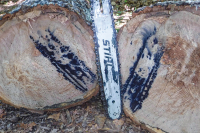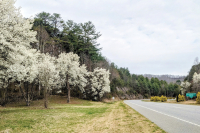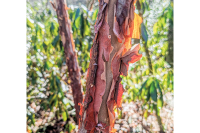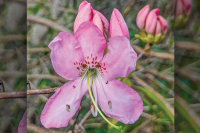The Joyful Botanist: Turtleheads
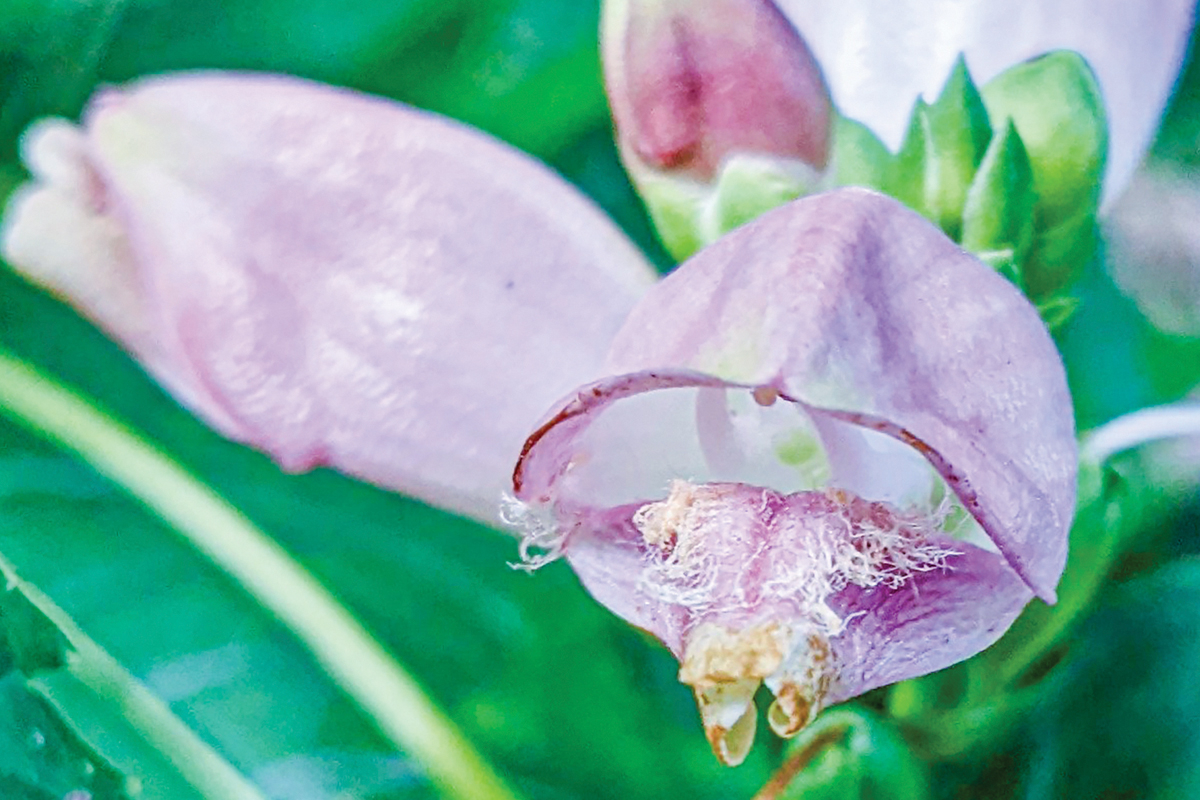 Gentians are among the last flowers to bloom. Adam Bigelow photo
Gentians are among the last flowers to bloom. Adam Bigelow photo
There are many different wildflowers that signal the seasonal transition from summer into fall.
I used to be overcome with the melancholy of fall when I would see the goldenrods (Solidago spp.) start to bloom, thinking “No, it’s too early for the end of the blooming season and the start of winter!” That’s how I used to think of fall. Goldenrods no longer usher in the sadness for me as I have successfully reframed them as a summer wildflower that blooms into fall.
These days, the beauty of melancholy doesn’t begin to overtake me until I see gentians in bloom (Gentiana, Gentianella, and Gentianopsis spp.) as these flowers are among the last of the to bloom in the year. They even have a place in my logo where Bigelow’s Botanical Excursions is bookended by a trout-lily (Erythronium umbilicatum) to signify the first of the flowers to bloom, and a Balsam mountain gentian (Gentiana latidens) representing the last of the flowers to bloom.
If you are a regular worker of crossword puzzles, you know that when the clue is a fall flower, the answer will always be aster. And while asters and their many different and difficult-to-distinguish species are emblematic of fall, they are not the only blooms that start their show at the end of the year. Two species of Lobelia, the strikingly red cardinal flower (Lobelia cardinalis) and its very blue relative the great blue lobelia (Lobelia siphiliticum) don’t really get going until the air is getting cooler and the days are getting shorter.
Among my favorite end-of-season wildflowers to find growing in gardens and the woods are those of turtleheads in the genus Chelone. There are four or five species of Chelone that live in the mountains of North Carolina. I say four or five because one turtlehead currently classified as a variety will most likely be elevated to species level relatively soon. The mountain species are pink turtlehead (Chelone lyonia), Cuthbert’s turtlehead (C. cuthbertii), white turtlehead (C. glabra), red turtlehead (C. obliqua var. obliqua) and the soon to be renamed Erwin’s turtlehead (C. obliqua var. erwiniae).
White turtlehead just started blooming along the driveway to my home in a wet area, and that seems to be the preferred growing habitat of turtleheads, as they like bogs and seeps and growing near small creeks. They can also do really well in a flower garden whose soil has a lot of organic matter and can retain good soil moisture.
Related Items
It is easy to identify the white turtlehead, as its flowers are usually solid white. They can sometimes have a pink throat (inside the tube of the flower), but they look quite different than the other species that range from light to dark pink. The flowers of all the Chelone species are fused into a tube with a wide opening that looks like a turtle poking its head out of its shell. Among my favorite late-summer activities is to sit and watch bumble bees (Bombus spp.) foraging for nectar on the turtleheads.
These big, goofy native bees move from flower to flower, landing on the lower lip. They then climb completely inside the corolla tube of the flower to reach the nectar at the base of the tube. While foraging this nectar, the fuzzy hairs of the bumbles inadvertently pick up a lot of readily available pollen. They then back their fuzzy bumble butts, now coated in pollen grains, out of the flower tube and move onto the next turtlehead flower to repeat the process. When climbing into the flower, the first structure that they encounter is the receptacle that accepts the pollen and begins the reproductive process of ripening the ovary and developing seeds.
It is fascinating to watch, and I admit to spending an odd amount of time observing native flowers and pollinator interactions. As summer wanes, I encourage you to soak up every bit of the beauty of flowers like turtleheads and watch for the incredible interactions they share with insects. You could say that I’m asking you to come out of your shell and poke around a bit. Look deeply into flower tubes, imagining you are a pollinating insect. But do so carefully, for there might already be a bee inside. And both of y’all would be surprised by the other.
(The Joyful Botanist leads weekly wildflower walks most Fridays and offers consultations and private group tours through Bigelow’s Botanical Excursions. This email address is being protected from spambots. You need JavaScript enabled to view it..)





